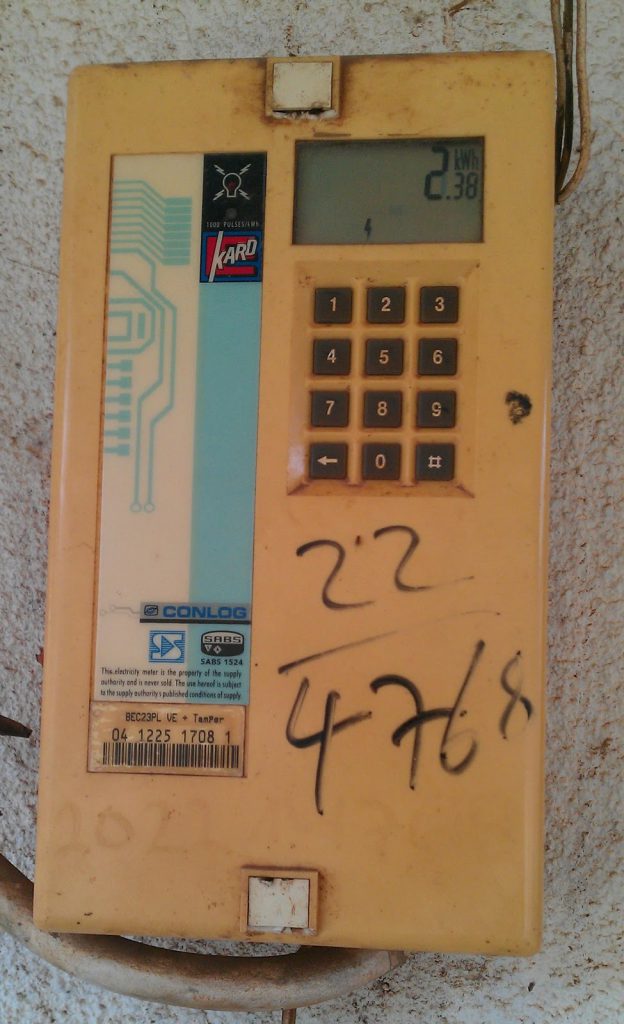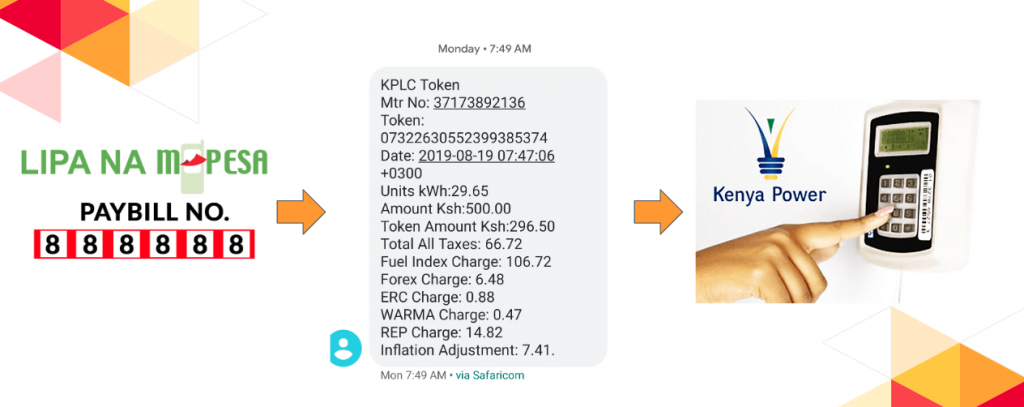Introduction to the STS standard – Part 1
Welcome to the first part of this series where over a number of blog postings, we will discuss the STS standard, its relevance in the prepayment ecosystem and how it actually works to generate prepaid tokens.
What is prepayment?
Quite simply, prepayment in the context of the STS standard, is the payment of services like electricity, water and gas *before* use. While this might seem awkward (after all, why pay for a service before you’ve used it), prepayment is one of the largest growing markets in the world with 400 million homesteads in the world in 86 countries using the STS prepayment standard. Prepayment is similar to the purchase of mobile phone airtime before use, common in developing countries. Customers to these mobile phone operator companies then have to procure more ‘airtime’ once they have exhausted their bought minutes. Prepayment works in a similar way and allows service providers to receive payment for their services *before* usage. No need for disconnections, follow ups or meter reading.
History of the STS standard
STS stands for the Standard Specification Transfer Standard. It is an IEC standard whose first version was first published in 2007 as the IEC 62055-41:2007 specification. Since then, two more versions of the STS standard have been published namely the IEC 62055-41:2014 and the IEC 62055-41:2018 standard. This most recent version can be obtained from the IEC website This most recent version is also referred to as STS6 or STS Edition 2.0
The concept of pre-paid electricity vending was initiated by Eskom, a South African electricity public utility company. Prior to 1988, Eskom was chiefly concerned with supplying power to large customers such as the mines and municipalities. Payment for electricity was made through a credit based scheme and it was only after an ambitious program to electrify more than 1 million households that the use of typical credit-based payment schemes proved problematic. This was because these traditional schemes worked well where customers had bank accounts and postal infrastructure but were unsuited for the largely informal sector employment widespread at the time. Eskom thus identified the use of Prepaid Metering as a way of mitigating these issues and making the administration of electric power dispensing cost effective.

How does STS prepayment work?
STS supports prepayment for water, electricity, gas, currency and time however the most common are the first three. The first step in using STS prepayment is installing STS certified prepaid meters to replace post paid meters. The STS foundation maintains a list of all manufacturers that make STS certified meters at

These prepaid meters are usually configured by the manufacturer and encoded with a specific STS configuration unique to the service provider. This configuration may be provided by the STS Foundation on behalf of the service provider or it may be sent directly to the service provider from the manufacturer. The former is the more common and recommended way of sharing the STS configuration where this configuration is stored in a Key Load File (KLF) encrypted in a Hardware Security Module (HSM). This configuration must be made available to the token generation platform and this is also usually done via a HSM. More details of this process will be shared in a later blog post in this series.
Once the prepaid meters are in place, the service provider must then set up the infrastructure required to generate STS compliant tokens. This process generally involves:
1. Setting up a data center or small server room to host the servers running the token generation software and HSM(s) infrastructure
2. Obtaining the HSMs from the STS Foundation. These will have been bought by the service provider and are commonly provided by an STS Foundation partner, PRISM
3. Obtaining Token Generation Software. A number of companies such as Conlog, Itron e.t.c. provide these applications
4. Based on your set up, you may require a payment gateway portal integration to allow your customers to pay for tokens and receive these tokens. Tokens are typically sent out via SMS
As you may imagine, this is usually a long, expensive and convoluted process and this is why we created Nectar, a cloud based token generation platform. With Nectar you can forgot about setting up and maintaining these aspects of tokens generation infrastructure. Instead you can just create an account on Nectar and get started with prepayment in minutes. Contact us at info to get started.
You are now ready to begin using prepayment. Customers can now procure STS prepaid tokens (20 digit numbers) using your payment gateway for any desired quantity of water, electricity or gas and enter them into the meters. The image below shows the workflow for current users obtaining tokens from a the power generation utility in Kenya and making payment via MPESA

In the next series of this blog, we shall explain the technical aspects of generating an STS compliant prepaid token; mainly the process of generating Decoder Keys and using these in the various Encryption Algorithms supported by the STS standard to generate tokens.
Stay tuned!.
Download the NECTAR HACKING APP

Comments